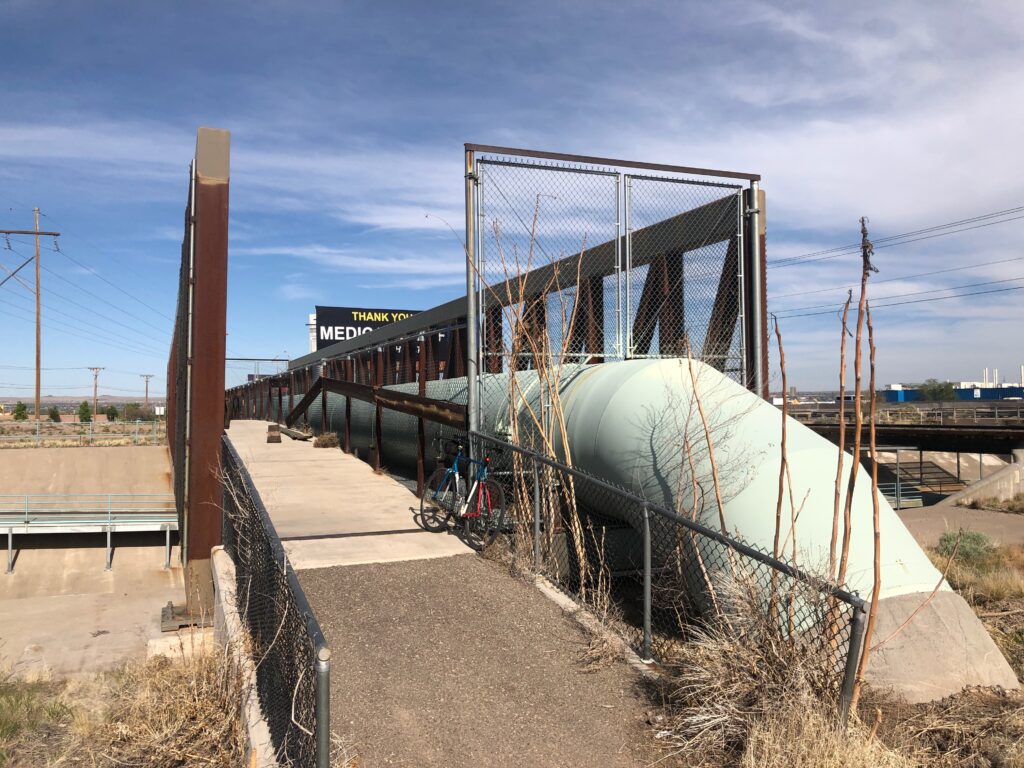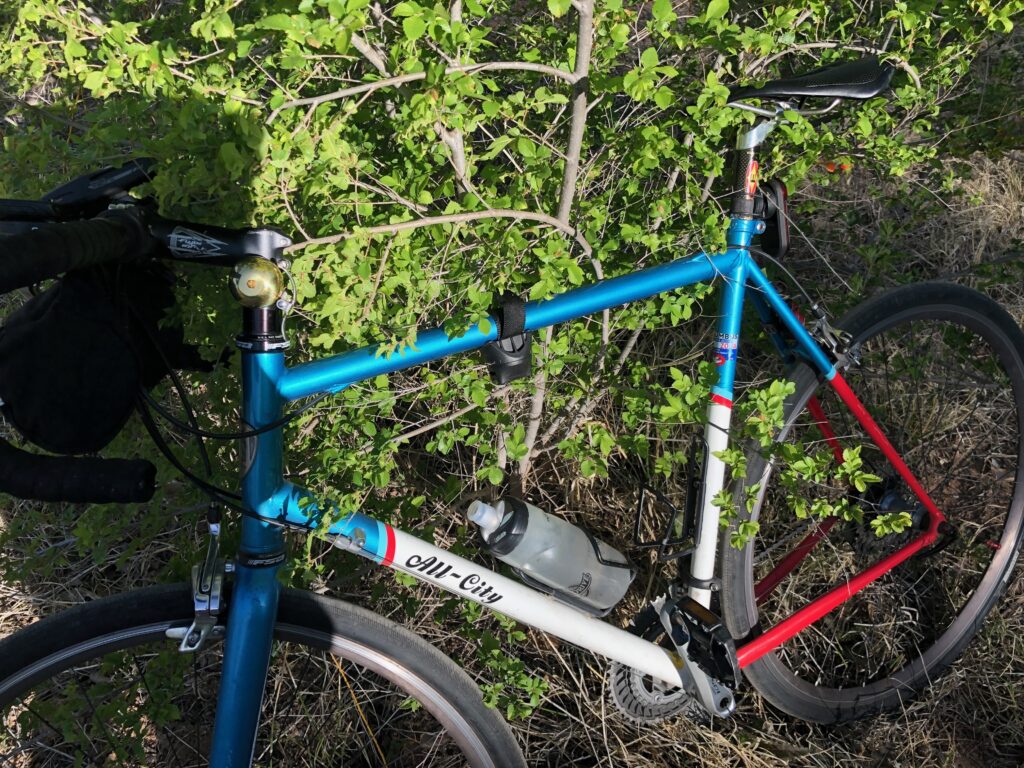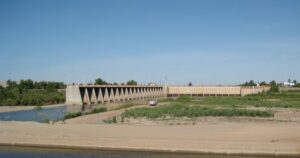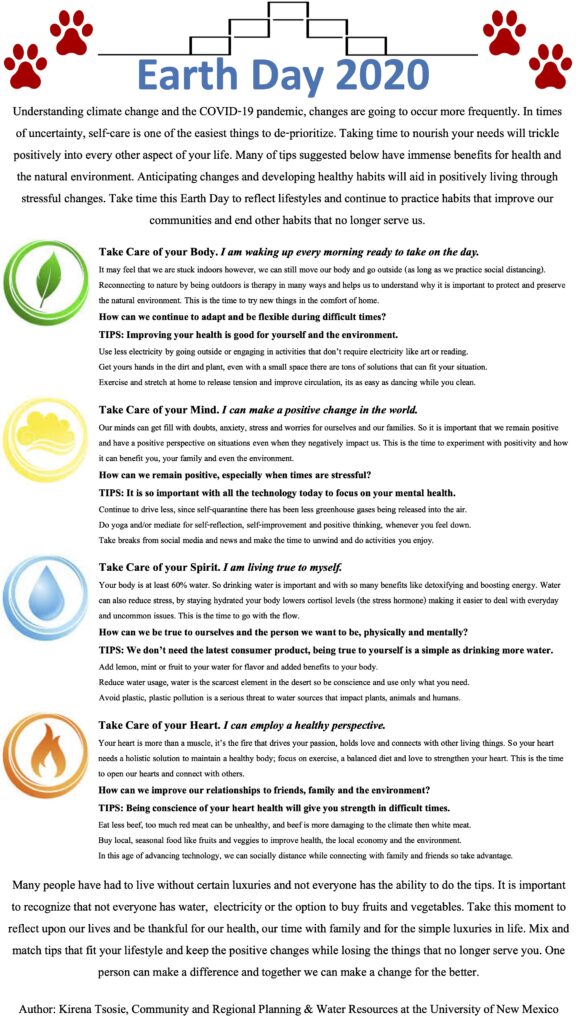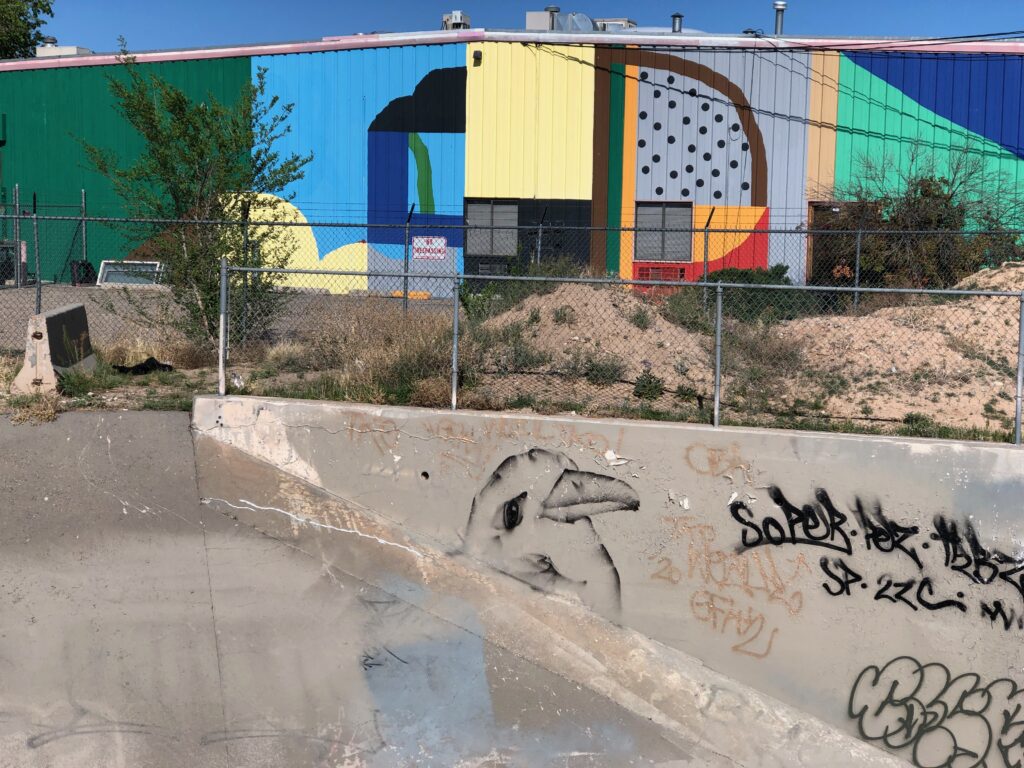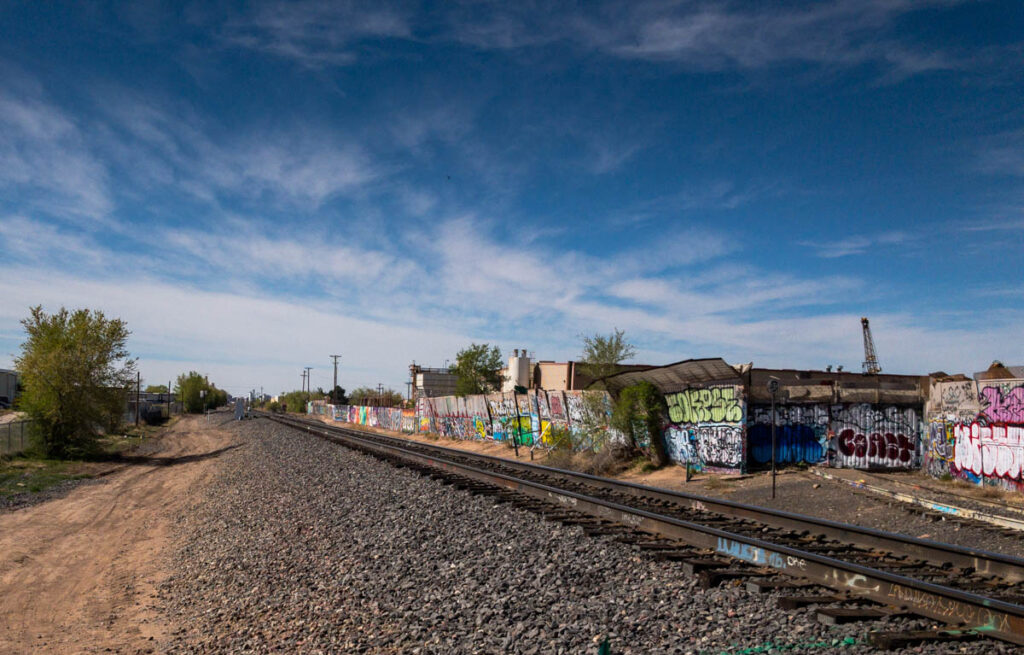
railroad track graffiti, Albuquerque’s North Valley off Vineyard
My current favorite word is “hooligan”.
It’s origins are murky, but the authors of the Oxford English Dictionary say it first appeared in newspaper stories in 1898, to whit:
1898 Daily News 8 Aug. 9/3 The constable said the prisoner belonged to a gang of young roughs, calling themselves ‘Hooligans’.
The story behind its emergence is unclear. Again, per OED:
The word first appears in print in daily newspaper police – court reports in the summer of 1898. Several accounts of the rise of the word, purporting to be based on first-hand evidence, attribute it to a misunderstanding or perversion of Hooley or Hooley’s gang, but no positive confirmation of this has been discovered. The name Hooligan figured in a music-hall song of the eighteen-nineties, which described the doings of a rowdy Irish family, and a comic Irish character of the name appeared in a series of adventures in Funny Folks.
And so, from the beginning, it has carried a combined sense of thuggishness and rowdy comedy.
In the Time Before, my friend Scot and I had begun exploring combination train/bike expeditions for our weekly Sunday ride. Several involved meeting up at the Albuquerque depot and taking the train north, being deposited at various places up the Rio Grande Valley for a long ride home. As such, the train took us through the raggedy light industrialness of Albuquerque’s North Valley. The tracks are lined with the most remarkable graffiti, and every train trip through, I was reminded that I needed to find a way back in, to enjoy the space at leisure.
Train tracks are like alleys, corridors through a city largely forgotten except to their denizens. It’s where I find the best graffiti. But unless you’re on the train, they are largely impenetrable, fenced off save the intermittent street crossing. Impenetrable, that is, to all except the hooligans.
I was riding last week across the North Valley, trying find a new way to cross the tracks when I turned, not quite randomly, on a street called “Vineyard.” (I’ve been working with a couple of UNM Water Resources graduate students piecing together the history, nature, and structure of agriculture in the region, so Vineyard Road has been of interest for a while. In pieces, I’ve ridden the length of it. There are no vineyards remaining. This is what we mean by “#geographybybike”.)
Vineyard Road had the usual “No Outlet” sign. On the bike, I’ve learned to ignore them. Where cars cannot go, pedestrians often find their way. In this regard, Vineyard did not disappoint.
Where the street stubbed into the railroad tracks, the fence was cut, admitting me to the rich alleyworld of the railroad tracks. The hooligans, once again, did not disappoint.
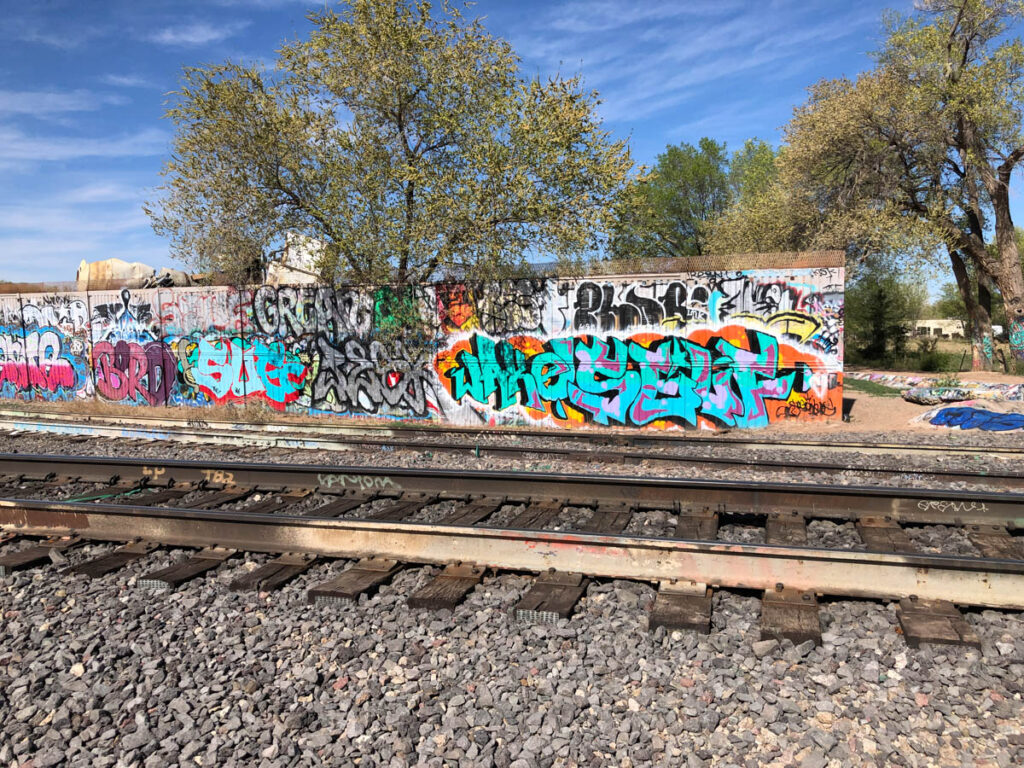
the hooligans did not disappoint

